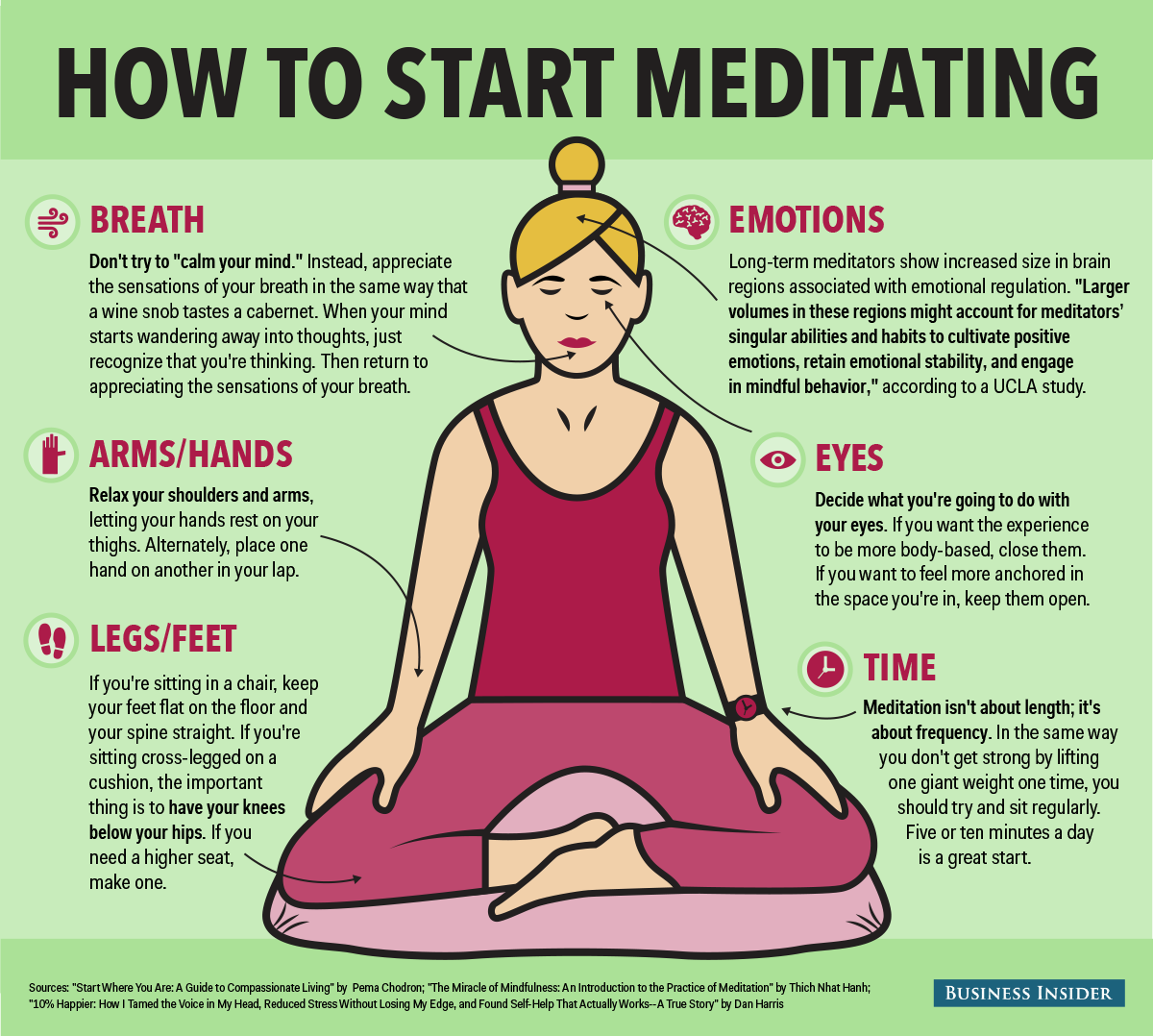
In today’s fast-paced world, stress has become almost inevitable. With the constant demands of work, school, and personal life, many individuals find themselves struggling to maintain a sense of calm and balance. Stress can have detrimental effects on physical and mental well-being, leading to burnout, anxiety, and even depression. However, there is a powerful tool that has gained recognition for its effectiveness in fighting stress: mindful meditation.
What is Mindful Meditation?
Mindful meditation is a practice that involves focusing one’s attention on the present moment while calmly acknowledging and accepting one’s feelings, thoughts, and bodily sensations. It is about observing these experiences without judgment or resistance, allowing them to come and go naturally. By cultivating mindfulness through meditation, individuals can develop a deeper sense of self-awareness and learn to respond to stressors in a more composed and healthy way.
Scientifically Proven Benefits
Various studies have shown the numerous benefits of mindful meditation on stress reduction. Researchers have found that regular practice helps to lower cortisol levels, a hormone associated with stress. It also improves sleep quality, enhances immune function, and decreases symptoms of anxiety and depression. Moreover, mindful meditation has been proven to increase focus, productivity, and overall well-being.
Techniques for Mindful Meditation
There are several techniques that can assist individuals in incorporating mindful meditation into their daily lives:
1. Deep Breathing
Focusing on your breath is a simple yet powerful technique. Find a quiet place, sit comfortably, close your eyes, and take slow, deep breaths. Notice the sensation of your breath entering and leaving your body, allowing it to anchor you to the present moment.
2. Body Scan
Lie down or sit in a relaxed position. Starting from your toes, bring your attention to each part of your body, progressively moving up to your head. Observe any sensations or tension without judgment, allowing yourself to release any stress or discomfort.
3. Mindful Walking
Take a stroll in nature or a quiet space, paying attention to each step. Feel the ground beneath your feet, notice the movement of your body, and become aware of the sights and sounds around you. Be fully present in the act of walking.
4. Guided Meditations
Guided meditations, available through apps or recordings, can be beneficial for beginners or those who prefer external guidance. Follow along with a meditation teacher’s instructions to help you focus your attention and enter a state of mindfulness.
Incorporating Mindful Meditation Into Your Routine
Consistency is key when it comes to reaping the benefits of mindful meditation. Start with just a few minutes each day and gradually increase the duration as you become more comfortable. Find a time and place without distractions, ensuring you can fully immerse yourself in the practice. Consider creating a dedicated meditation space to further enhance your focus.
Mindful meditation can be integrated into daily activities such as getting ready in the morning, commuting, or taking breaks at work. As you mindfully perform these tasks, you will begin to notice a greater sense of calm and presence.
The Path to Inner Peace
In a world filled with technological advancements and constant connectivity, finding moments of inner peace is more crucial than ever. Mindful meditation offers a refuge from the chaos, enabling individuals to cultivate a state of heightened awareness and calmness. By incorporating these stress reduction techniques into your life, you embark on a journey towards improved mental well-being, increased resilience, and a greater sense of overall happiness.

